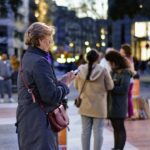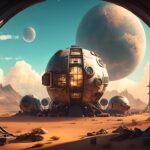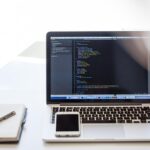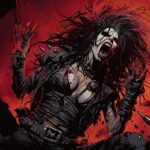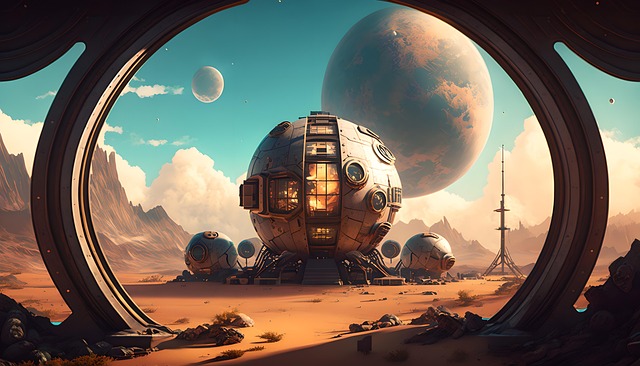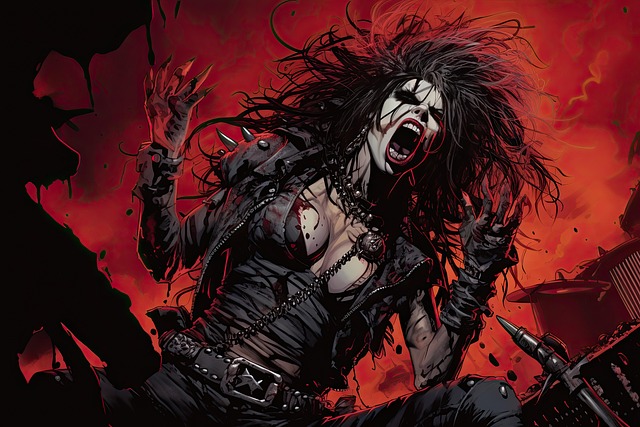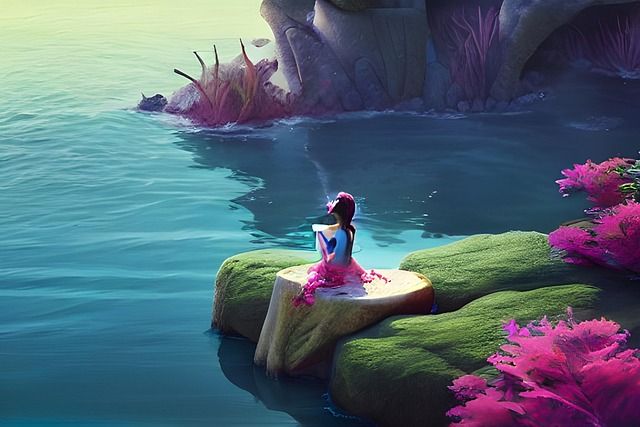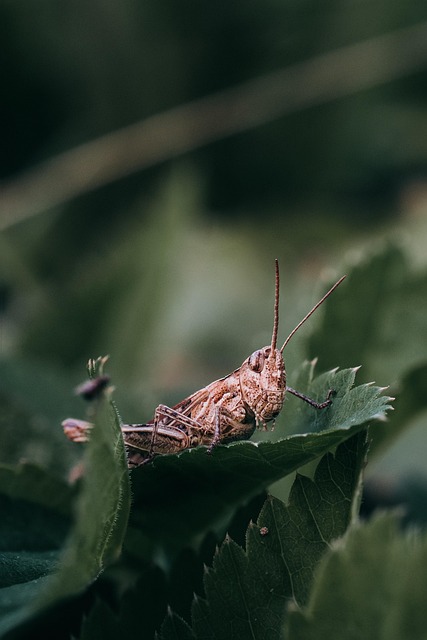# The Evolution of AI Art: How Technology is Redefining Visual Expression and Artistic Boundaries
The intersection of technology and creativity has undergone a remarkable transformation in recent years, particularly with the advent of artificial intelligence (AI). Artists and technologists alike are increasingly exploring the potential of AI to create, enhance, and redefine visual art. This article delves into the evolution of AI art, examining its historical context, current applications, and implications for the future of artistic expression.
## Historical Context: The Genesis of AI in Art
To understand the emergence of AI art, it is essential to consider the historical context of computer-generated art. The journey began in the 1960s when pioneering artists and computer scientists like Frieder Nake and Harold Cohen started experimenting with algorithms to generate visual works. These early endeavors laid the groundwork for what would become a new genre of art. It was during this period that the concept of art created by machines began to challenge traditional notions of creativity and authorship.
Significantly, the 1980s and 1990s saw the development of more sophisticated computer graphics and software, enabling artists to explore digital mediums more extensively. The introduction of tools like Adobe Photoshop and 3D modeling software expanded the horizons for creators, allowing them to manipulate images and create complex visual narratives. However, the role of AI in art remained limited until the 21st century, when advancements in machine learning and neural networks began to revolutionize the field.
Fast forward to the 2010s, when deep learning algorithms made headlines for their ability to analyze vast datasets and generate original content. The introduction of Generative Adversarial Networks (GANs) marked a pivotal moment in AI art. GANs consist of two neural networks—the generator and the discriminator—that work in tandem to produce increasingly sophisticated images. This technology has since enabled artists to create artworks that not only mimic existing styles but also forge entirely new visual languages.
## Current Applications: AI as a Creative Partner
In contemporary art, AI has emerged as a powerful creative partner, capable of augmenting human creativity rather than replacing it. Artists are now utilizing AI tools to explore uncharted territories of visual expression. Programs such as DALL-E, Midjourney, and Artbreeder allow users to generate images from textual prompts, blending elements of surrealism, abstraction, and realism in ways that were previously unimaginable.
Collaboration between artists and AI has led to a plethora of innovative projects. For instance, the artist Refik Anadol employs machine learning algorithms to create immersive installations that transform data into dynamic visual experiences. His work exemplifies how AI can process and interpret vast amounts of information, translating it into visually stunning narratives that engage viewers on multiple levels.
Moreover, AI-generated art has made significant inroads into the commercial art world. Auction houses like Christie’s and Sotheby’s have begun to feature AI artworks, prompting discussions about the value and ownership of art created by machines. The sale of the AI-generated portrait “Edmond de Belamy” for $432,500 in 2018 marked a watershed moment, igniting debates about the nature of creativity and the role of the artist in an increasingly automated world.
While AI is undoubtedly a catalyst for innovation, it also raises important questions about authorship and originality. As machines become more adept at generating art, the traditional boundaries that define artistic creation are being challenged. The notion of the “artist’s hand” is evolving, with many now viewing AI as a collaborator rather than a mere tool. This shift invites a reexamination of what it means to be an artist in the digital age.
## Future Implications: Rethinking Artistic Boundaries
Looking ahead, the implications of AI art extend far beyond aesthetics and technical capabilities. As the technology continues to advance, it will undoubtedly reshape the very fabric of the art world. One significant area of impact is the democratization of art creation. With AI tools becoming increasingly accessible, individuals without formal artistic training can now produce compelling visual works. This democratization may lead to a broader diversity of voices and perspectives in the art community, enriching the cultural landscape.
Furthermore, the integration of AI into art raises ethical considerations that demand attention. Issues surrounding copyright, ownership, and the potential for AI to perpetuate biases present complex challenges. As algorithms learn from existing datasets, they may inadvertently reproduce societal biases embedded within those datasets, leading to questions about representation and inclusivity in AI-generated art. Artists and technologists must navigate these ethical dilemmas as they harness the power of AI to create.
Collaboration between artists, technologists, and ethicists will be crucial in shaping the future of AI art. By fostering interdisciplinary dialogue, stakeholders can work together to establish guidelines that promote responsible AI use in creative practices. The goal should be to ensure that technology serves as a tool for empowerment rather than a means of exclusion.
In conclusion, the evolution of AI art represents a profound shift in the landscape of visual expression. From its historical roots in computer-generated art to its current applications as a creative partner, AI is redefining artistic boundaries and challenging traditional notions of authorship. As we look to the future, it is imperative to engage with the ethical implications and opportunities presented by this technology. By doing so, we can embrace the potential of AI to enhance human creativity while ensuring that the art world remains a space for diverse voices and innovative ideas. The journey of AI art is just beginning, and its trajectory promises to be as dynamic and multifaceted as the art it produces.

